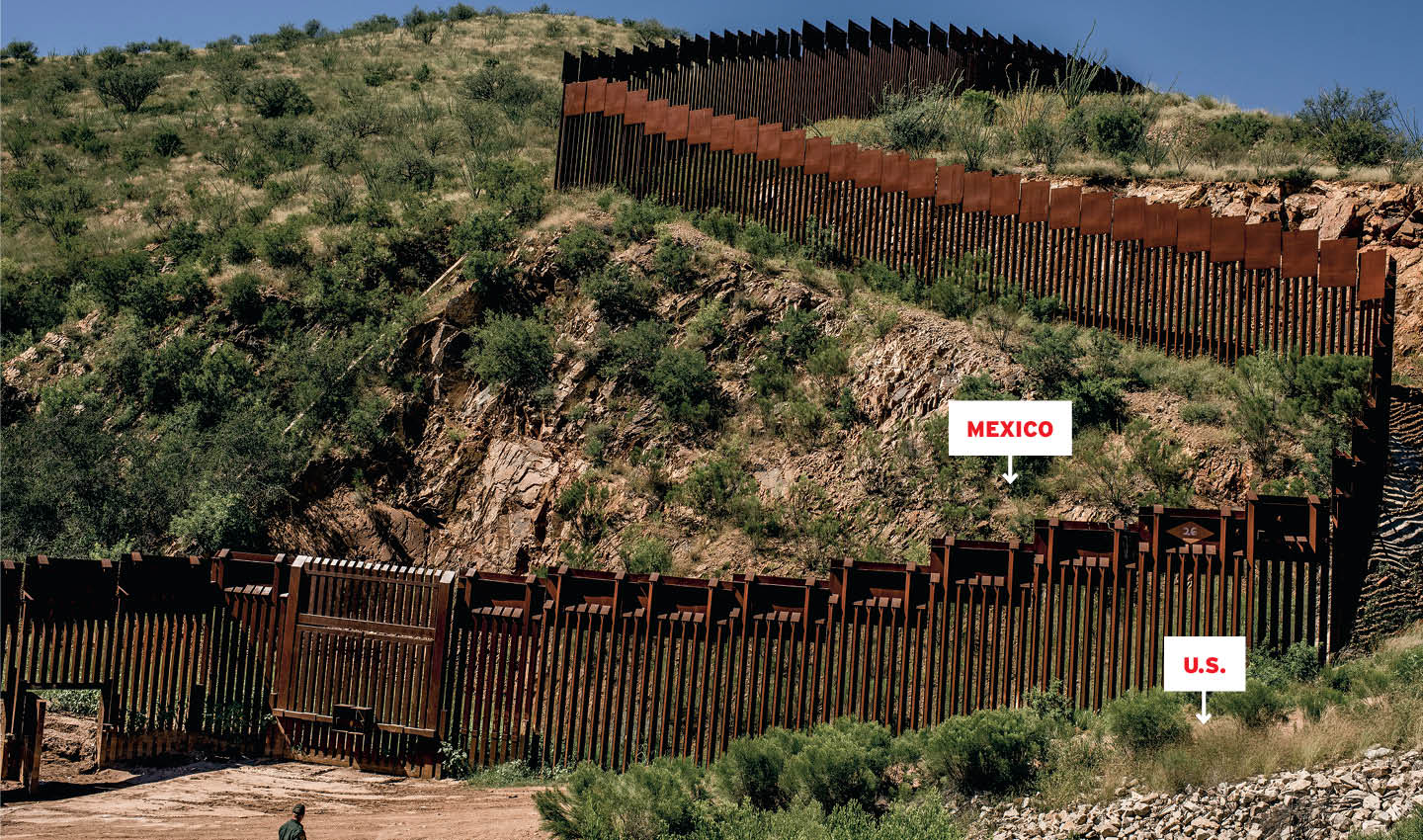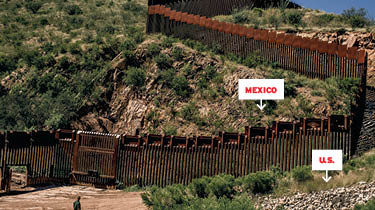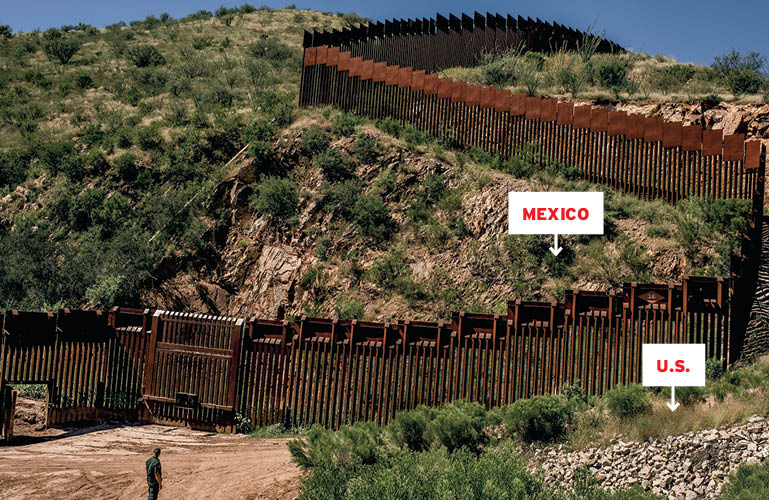On February 15, President Trump declared a national emergency to fund the construction of a 1,000-mile wall on the border with Mexico after Congress provided money for only a sliver of the project.
The announcement came as the president signed a spending deal negotiated by Democrats and Republicans in Congress that included $1.375 billion for border fencing, but not the $5.7 billion Trump had been demanding for construction of a much longer wall. The agreement headed off what would have been the second shutdown of the federal government in the space of a month over the issue. But Trump’s declaration prompted lawsuits that set up a constitutional showdown over the separation of powers and the president’s authority.
Here’s what you need to know to understand the battle over the emergency declaration.
On February 15, President Trump declared a national emergency to fund the construction of a 1,000-mile wall on the border with Mexico. The move came after Congress provided money for only a sliver of the project.
At the time of the announcement, the president signed a spending deal negotiated by Democrats and Republicans in Congress. The deal included $1.375 billion for border fencing. But it didn’t include the $5.7 billion Trump had been demanding for construction of a much longer wall. The agreement headed off what would have been the second shutdown of the federal government in the space of a month over the issue. But Trump’s declaration prompted lawsuits that set up a constitutional showdown. The separation of powers and the president’s authority are now being questioned.
Here’s what you need to know to understand the battle over the emergency declaration.



